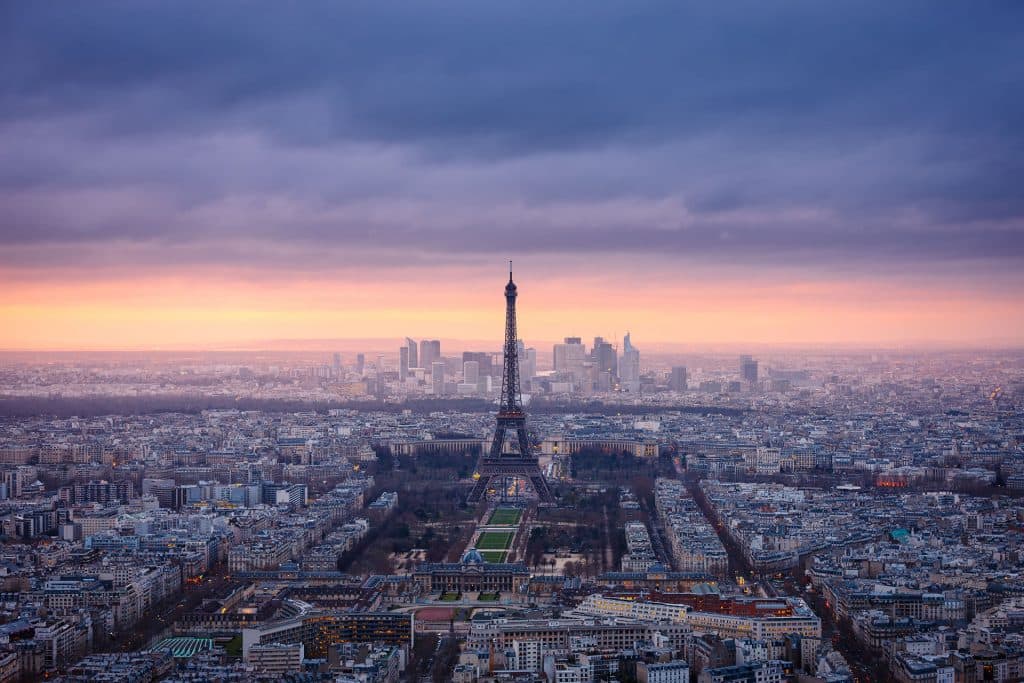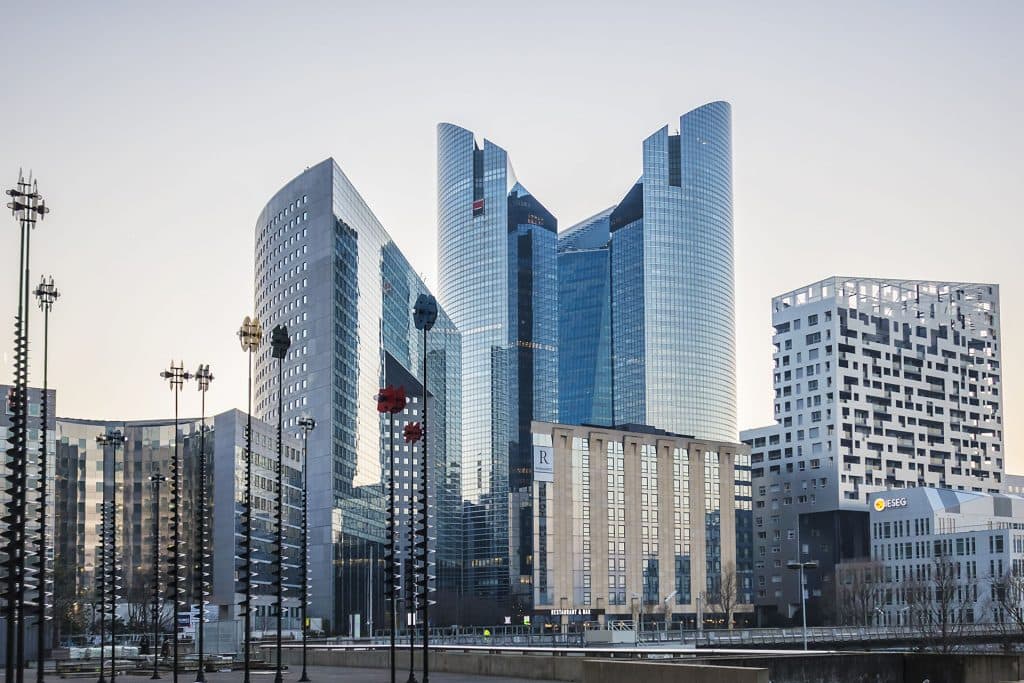
A visionary project harnessing sustainable mobility to improve the quality of life in a large metropolis; a once-in-a-lifetime chance to link the periphery with the city center; an effective tool for enhancing the value of a sprawling urban conglomerate. All this and more is the Grand Paris Express, a massive 200-kilometer long group of subway lines that will connect almost all the suburbs in the Île-de-France in a few years. It promises to transform the physiognomy of one of Europe’s largest cities.
This transformation is already evdent first and foremost in the real estate market in the suburbs involved in the project with the rise in prices. It will attract new businesses capable of creating wealth in these peripheral areas. New scientific and financial clusters will also arise.
A look at the numbers tells the story: 68 stations, 15 years of construction, and an expected investment of about €35 billion.
Serving the country through sustainable mobility
According to the Société du Grand Paris, the entity overseeing the project, the construction of the Grand Paris Express will create 15,000 new jobs annually during construction, and 90% of the inhabitants of Paris will live at a maximum of two kilometers from a subway station.
The Chamber of Commerce of the Île-de-France goes even further, forecasting the project will add €140 billion per year to the gross domestic product by 2030.
This massive project is crucial for an area that today serves 131 municipalities and is eight times larger than the city limits of Paris itself.
Clearly, improving transport in such a large area is a crucial challenge to its future development. According to official data from the Greater Paris, 8.5 million people use public transport every day in the Île-de-France region, with the average journey by inhabitants of the region coming in at 1 hour and 20 minutes of travel.
The Grand Paris Express thus becomes the infrastructure of the Greater Paris Metropolis, the sustainable answer to the growing need for mobility. The Grand Paris Express calls for construction of four lines subway lines (15, 16, 17, and 18) that will connect all the peripheral areas. Salini Impregilo is taking part in the project.
The economic impact of a huge infrastructure project
Although construction work has only just gotten under way, real estate agencies are already offering investments that in the next 10 years promise to guarantee a consistent return thanks to the appreciation in value of neighbourhoods served by the new lines. Estate agent network Guy Hoquet has produced a report for the past four years analysing the project’s impact on property values. Last year showed significant results: the Seine-Saint-Denis (the first area where the metro will be inaugurated in 2024) recorded an annual increase in real estate values of 18%, and average residential prices in 2018 were approaching 8,000 euros per square metre. A similar boom was recorded in the municipalities of Clamart (Hauts-de-Seine, +17%), Nanterre (Hauts-de-Seine, +17%) and Athis-Mons (Essonne, +15%).

The same goes for future business districts, designed to alleviate the pressure on La Défense. Areas served by the Grand Paris Express will stimulate the growth of strategic business clusters, such as the emerging innovation and research area of Plateau de Saclay; the international trade and events cluster at Roissy-Charles-de-Gaulle; and the aeronautical industry at Le Bourget.
Naturally, the impact on the real estate market changes according to estimated completion times for the new lines, which vary from area to area. In the places where they will open only in 2030, prices are still flat. These include the municipalities of Vanves, Argenteuil and Sevran.
A city that is adapting to its residents
Along with stimulating economic growth, the Grand Paris Express aims to have an important social impact on the areas it serves, which are expected to experience a growth in population density in the coming years. The city center of Paris is simply running out of housing supply. That’s why the Greater Paris Act of 2010 provided for the construction of 70,000 new homes over the next 25 years, 30% of which was destined for social housing. And to reduce the burden on Paris, most of these buildings will be built in the outlying areas and in particular in the vicinity of the new metro stations.
The goal is to build environmentally sustainable housing, and to avoid real estate speculation. In this regard, the Greater Paris launched a contest in 2016, selecting 51 projects, designed by architects and investors, to redevelop 27 sites in Greater Paris.
Reviving the dream of Napoleon III
In the 19th century, Napoleon III had a dream: to modernize Paris by transforming it into an international capital like London.
So he commissioned Baron George Eugéne Haussmann to design an urban renewal of the city, comprising some of its neighboring municipalities such as Auteuil, Passy and Batignolles.
More than 150 years later, the capital of France seems determined to embrace the dream of its emperor, this time using technology and infrastructure to transform an urban sprawl into a unified modern city, an international reference point and a magnet for investors.

